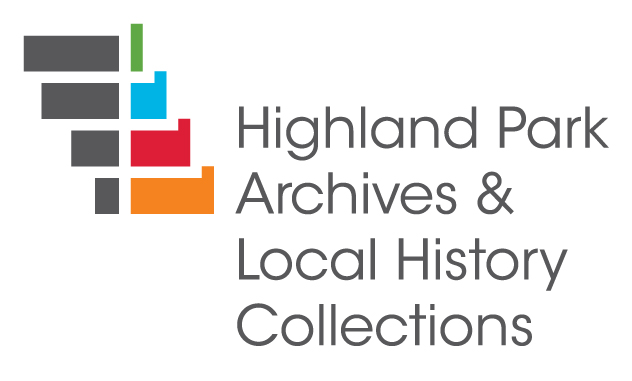Apple Tree was a professional theatre company, one of only two in all of Lake County, serving over 30,000 patrons each year, including students in its Workshops. The Theatre won 28 Jeff Awards, with 109 nominations of various kinds, and sent many students and actors on to successful careers throughout the country, including Broadway.
Apple Tree Theatre was founded in 1983 by Executive and Artistic Director Eileen Boevers. Apple Tree Theatre was committed to producing dramas and musicals that "celebrate the tenacity of the human spirit and illuminate the human condition." In its 25th season, the theatre developed a reputation for producing high quality theatre, fortifying a relationship with its audience and artists alike. It was one of only two professional theatre companies in Lake County. It was located originally in the basement of Immaculate Conception Church in Highland Park, until 1988 when it moved to 595 Elm Place, Highland Park. 1988, Apple Tree Theatre also became an Equity Theater after 5 years of performing on special guest artist contracts with Equity.
Apple Tree Theatre produced four main stage shows and three Theatre performances, for Young Audiences productions, a year. A diverse audience of over 30,000 people all over Chicagoland attended its programs annually.
Apple Tree Theatre was honored with 109 Jeff nominations and over 28 Jeff Awards. In 1997, Apple Tree Theatre made history by becoming the only theatre ever to receive Jeff awards for both Best Play and Best Musical in the same season.
Moreover, Apple Tree was committed to providing a nurturing, creative environment for Chicago artists. Apple Tree employed over 200 artists annually as performers, directors, choreographers, musicians, designers, and teachers. Apple Tree consistently produced productions of a high caliber, albeit with modest financial capabilities, and became a home to accomplished artists, many of whom appear regularly on other well-respected stages, such as the Goodman, Chicago Shakespeare, Steppenwolf and the Marriott Lincolnshire.
In addition to its adult main stage season, Apple Tree produced a unique educational outreach program, Theatre for Young Audiences, which was committed to presenting works to an undeserved audience—the middle and junior high school age groups. Established in 1989, Theatre for Young Audiences presentations included stage adaptations of literature directly from the state mandated school curriculum, focusing on diverse themes with plays that incorporated multicultural sensitivity, the physically and mentally challenged, and other challenging themes such as the Holocaust. In 2005, The Theatre for Young Audiences was named one of the finest young people’s theatres in the state by the Illinois Theatre Association.
The Eileen Boevers Performing Arts Workshop (a third aspect of the Apple Tree Theatre) offered year-round classes in theatre performance, taught by instructors who work in theatre and were committed to building confidence, creativity, self-esteem, foundational skills, imagination, and a love for the arts. The Workshop trained thousands of young people, several of whom went on to Broadway or held other impressive theatre careers.
*Information for the biography on Apple Tree Theater was directly copied, with few alterations, from a poster in the collection that gives biographical information.

